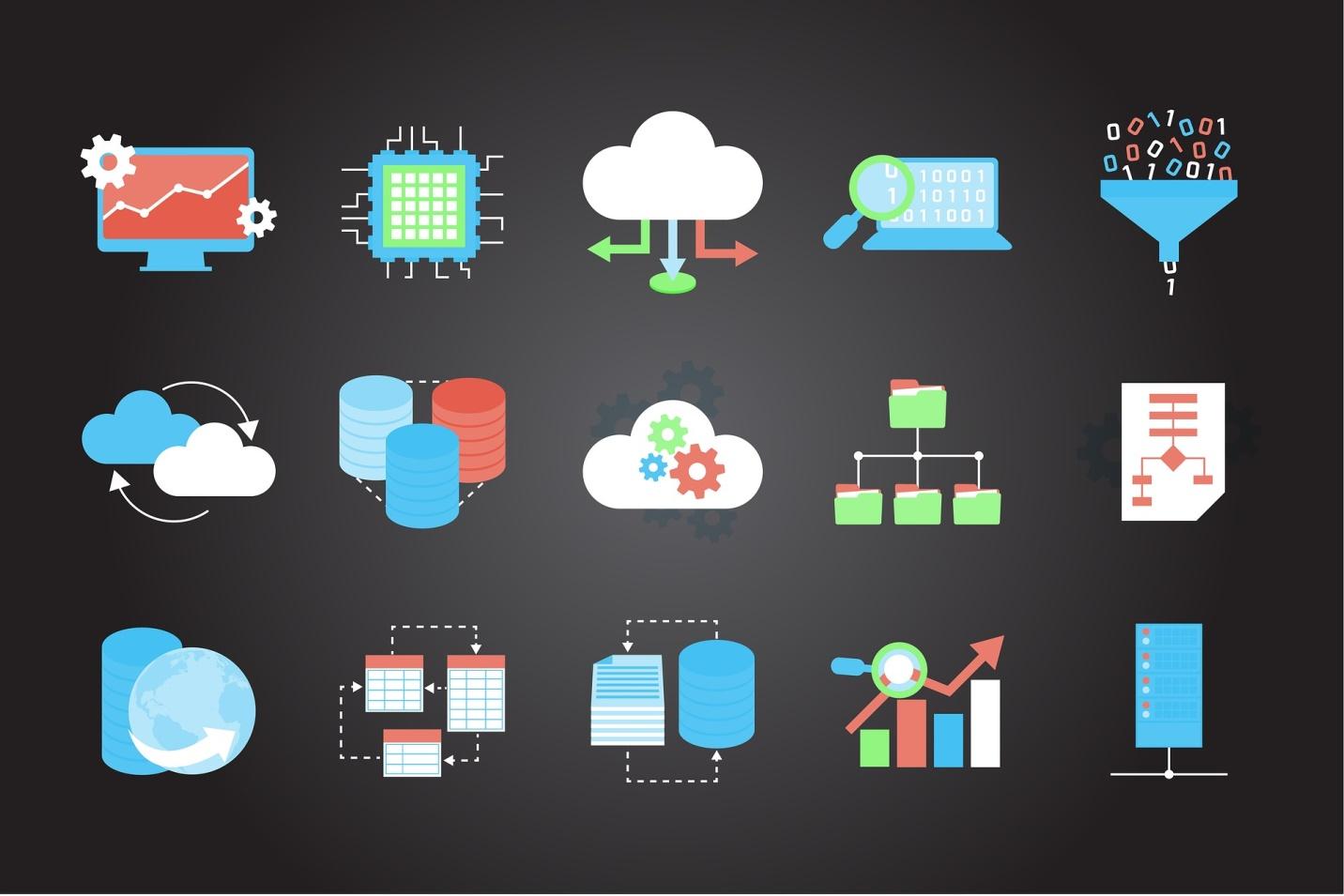How to optimize your cloud security system
1. Implement Multi-Factor Authentication (MFA)
Hackers commonly utilize stolen credentials to access your online company data and apps. They may access all your cloud-based company apps and services with your user credentials.
MFA ensures that only authorized users may log in to your cloud apps and access critical data in your on- or off-premise environment.
MFA is one of the most cost-effective security measures to prevent hackers from accessing cloud apps.
Most security experts say that not using MFA in your infrastructure as a service (IAAS) design is irresponsible.
2. Secure Your Cloud Computing User Access
Most employees don’t require access to all cloud applications, data, or files. An IAM plan guarantees that employees may only access the data and apps they need to conduct their jobs.
Access control protects you from hackers who have stolen employee credentials and prevents employees from mistakenly modifying data they shouldn’t.
HIPAA, FINRA, and others demand certain security precautions.
If a phishing email tricks an employee with access to everything into giving their private cloud login credentials, the hacker now has the keys to all your kingdoms!
If you don’t have the time or skill to handle user visibility and control, hire an experienced IT consultant.
A Managed Services Provider may also handle all your cloud IT services, including user access and management (IAM).
3. Monitor End User Activities using Automated Solutions to Detect Intruders
Real-time monitoring and analysis of end user activity can help you identify abnormalities such log-ins from unrecognized IPs or devices.
These anomalous actions may suggest a system breach, so spotting them early will deter hackers and allow you to solve security concerns before they create havoc.
SOCaaS options range from automated 24/7 networking monitoring and administration to sophisticated cyber security solutions like Intrusion Detection & Response.
Scan and Repair
Endpoint detection/response
4. Develop a Comprehensive Off-boarding Process to Prevent Employee Departures
Make sure former workers cannot access your cloud storage, systems, data, client information, and intellectual assets. This critical security duty sometimes gets delayed days or weeks after someone leaves. To withdraw all access privileges for leaving employees, you require a systemized deprovisioning procedure.
5. Regularly Train Employees Against Phishing
Hackers can steal employees’ login credentials using phishing, impersonating websites, and social media monitoring. Cybersecurity is shared.
Hackers are increasingly targeting Microsoft Office 365 due to its fast growth and increasing phishing assaults.
Continuous training is the greatest method to protect your company’s data from these frauds.
6. Cloud-to-Cloud Backup
As said, your cloud provider’s error is unlikely, but human error is likely. Take Microsoft Office 365. After a certain time, Microsoft cannot help if an employee mistakenly deletes data, a hacker gets an account password and corrupts data, or a rogue employee deletes his inbox and folders.
Most cloud providers, including Microsoft, temporarily hold erased data in their data centers, including Microsoft Office 365 data.
Check with your cloud provider to ascertain this time range and if there are fees to recover that data (when possible to retrieve it.)
Cloud-to-cloud backup solutions are used by companies concerned about data loss or liability.
Following industry best practices for selecting, installing, deploying, and administering multi-cloud services helps maximize cloud computing while protecting sensitive data.
SADA can help you navigate this critical issue.


